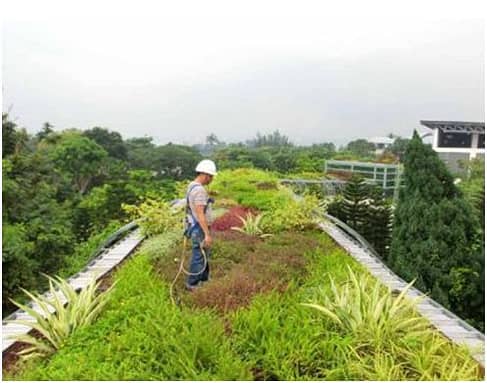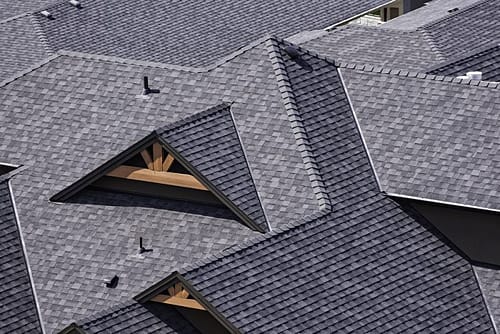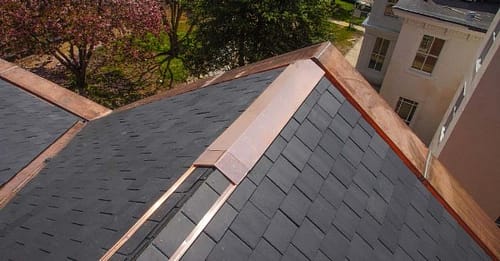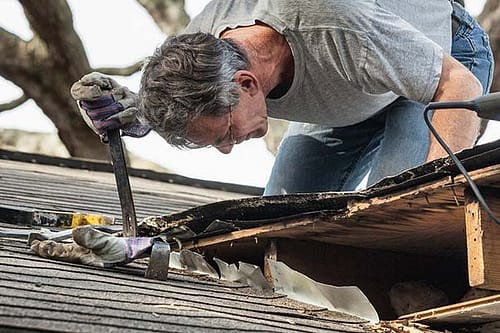Flexible tile is one of the most common materials in the world for covering roofs in private households with pitched roofs of any configuration. Flexible tile has gained such popularity due to its low weight, durability and relative ease of installation.
Is it possible to lay flexible tiles with your own hands?
Flexible tiles are usually made of fiberglass, on which a layer of bitumen material is applied on both sides. On the front side, flexible tiles are covered with mineral materials, such as basalt powder, which protect the tiles from mechanical and atmospheric influences and also gives a beautiful appearance. On the inside of the sheets of flexible tiles, there is a self-adhesive layer to facilitate installation, to overcome wind loads and increase tightness.
The main difficulty that you will encounter when installing a new flexible tile is the preparation of a solid foundation and the installation of proper ventilation. The base under the tile should be perfectly flat and it should also have high rigidity. To do this, a lathing is made on the rafters with a step from 30 to 120 cm, the base material of your choice is laid on top of the lathing. It should be remembered that the larger the step of the crate, the thicker the base should be.
This whole process is laborious and requires certain skills and knowledge. It is necessary not only to accurately calculate the angle of inclination of the custom roof slopes, the step of the crate but also the ability to use the necessary tools corny. In order to understand whether you can independently install flexible tiles, we offer you to pass a very simple test.
To do this, ask yourself these 2 questions:
- How to equip the base under the tile?
- How to calculate the required amount of materials, including the drainage system?
If one of these questions is difficult, we advise you to contact the professionals of industrial roofing company or, as an option to gain the necessary experience, start small – change the roof in a small garden house or bathhouse.
What are the equipment and materials required?
So we need:
- Hammer
- Scissors to cut metal
- Trowel for applying mastic
- Roofing knife
- Building hairdryer (at low installation temperatures).
Now after we have decided the equipment, let’s check the list of necessary material:
- Flexible and ridge-eaves tiles
- Lining material
- Sealant and special bitumen mastic
- Passage elements
- Elements to strengthen the cornices and the end of the roof
- Necessary ventilation elements
- Materials for equipping a spillway system
- Wide-roofed roofing nails.
From the list of materials and equipment we need, the main costs will lie in the manufacture of an even and durable foundation for our tiles. Flexible tiles themselves cost from 13 dollars per square meter, although you need to take into account the fact that prices vary depending on the region, and the brand also affects the cost of production.
Which is the best time to install the flexible tiles?
When installing flexible tiles, the temperature regime of installation should be taken into account. It is best to do this work in the warm season because the ambient temperature should not be lower than +5 degrees Celsius. Installation is allowed at a lower temperature, but in this case, the roofing materials must be maintained for a day before laying at room temperature. In addition, during installation, it is important to warm the adhesive base of the tile with a building hairdryer in places where it is adjacent to the roof.




